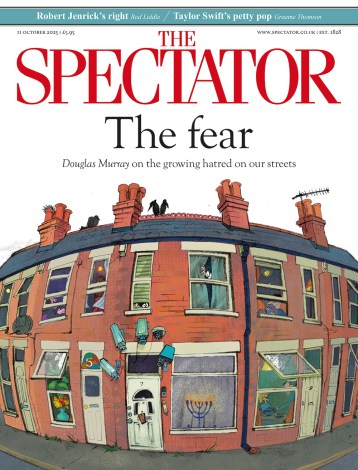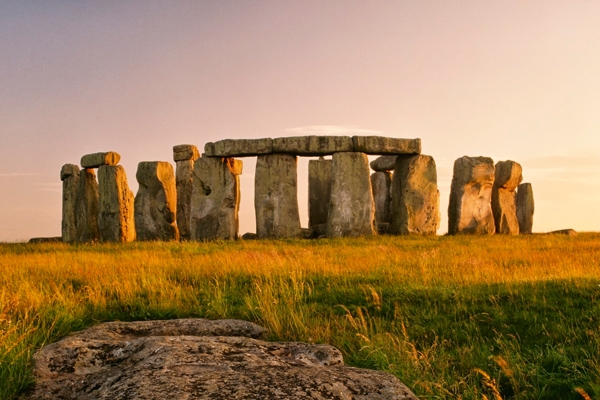Last Friday, ballet’s overcrowded aviary welcomed a new addition: Raven Girl. Sexy, sleek, troubled and troublesome, she is the creation of the bestselling author Audrey Niffenegger and Royal Ballet’s resident choreographer Wayne McGregor. Expectations were high, as McGregor is not a choreographer one would normally associate with balletic storytelling. The work, with stunning designs by Vicki Mortimer, splendid lighting by Lucy Carter, great video design by Ravi Deepres and a lusciously seductive score by Gabriel Yared, enthrals the senses and sits perfectly with McGregor’s vision of a creatively synergetic unity of the arts. It’s a pity that neither the choreo-graphy nor the dramaturgy were as impressive.
The problem, a typical one with contemporary ballet-makers, is that the transition from plotless or ‘abstract’ to narrative dancing is never an easy one, especially at a time when contemporary storytelling — filmic, theatrical, literary, musical, etc. — follows formats and formulae that ill-fit the tenets of ballet, whether it be classical, modern or postmodern. Lack of dramatic invention is the biggest problem here, as the story plods on with no memorable narrative twists or ideas. In adapting Niffenegger’s fairy tale for the stage, McGregor has fallen prey to the standard pitfalls of narrative-ballet composition.
Exasperating stretches of pedestrianised pantomime are not the best way to convey things, and in today’s world silent acting looks contrived, unnecessary and even ridiculous at times. It is a long time before we get any dancing, as a rather ill-mannered but frank viewer near me remarked with a ‘loud’ whisper to her friend. And when we get to the dancing, things are not great either. The choreographer, known for working within and against the ballet canon, seems to have opted for fairly tame and traditional, if not trite, ideas, which evoke, rather awkwardly, images from some post-second world war ‘modernist’ ballets. Whether this is a tribute to a specific performance tradition, it is difficult to say; what is certain is that the sequence of solos, duets, and choral scenes comes across as utterly predictable, something that every good balletomane has seen to exhaustion. None of the danced numbers, including the duets, is worth mentioning, while the corps de ballet interventions add little or nothing to what could have been a powerful exploration of the eponymous heroine’s drama.
This is the second work I have seen in a fortnight — the other being Liam Scarlett’s Hansel and Gretel — that prompts some serious questions about the state of today’s dance-making and exposes the apparent inability of contemporary choreographers to move successfully from plotless creations to storytelling ones, something their predecessors had no problem with. A few classes in the rarely taught dance composition and a few more in the now totally ignored choreographic dramaturgy are thus strongly recommended. The dancers, too, good as they were, could also have benefited from acting classes to learn how to attune their skills to different contexts; Raven Girl is not Swan Lake, and does not need all the camping up I saw. Only Sarah Lamb, as the wingless, squawking heroine, looked the part and sent shivers down my spine.
I am not sure if matching McGregor’s new creation with Balanchine’s ever so fizzy Symphony in C was a good idea, for the contrast between the two works is way too harsh. Still, the performance was infectiously incandescent, thanks to the superb talents of Zenaida Yanowsky, Marianela Nuñez, Yuhui Choe, Laura Morera, Ryoichi Hirano, Steven McRae, Thiago Soares and Ricardo Cervera. At least the Royal Ballet’s season ended on a sparkling note.






Comments